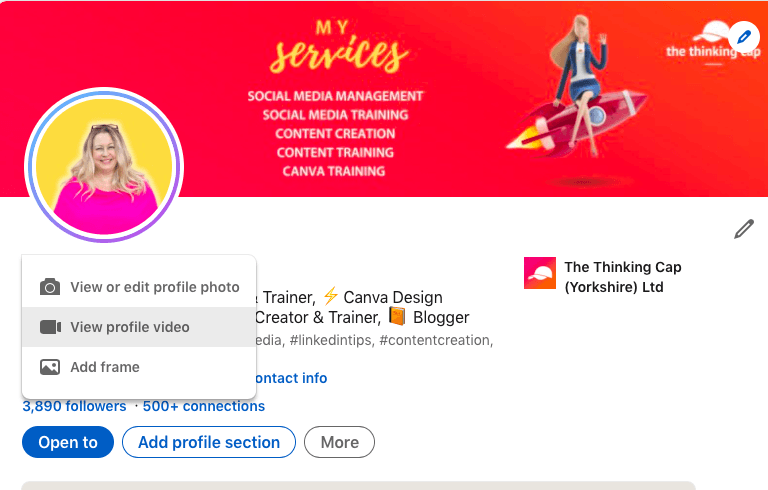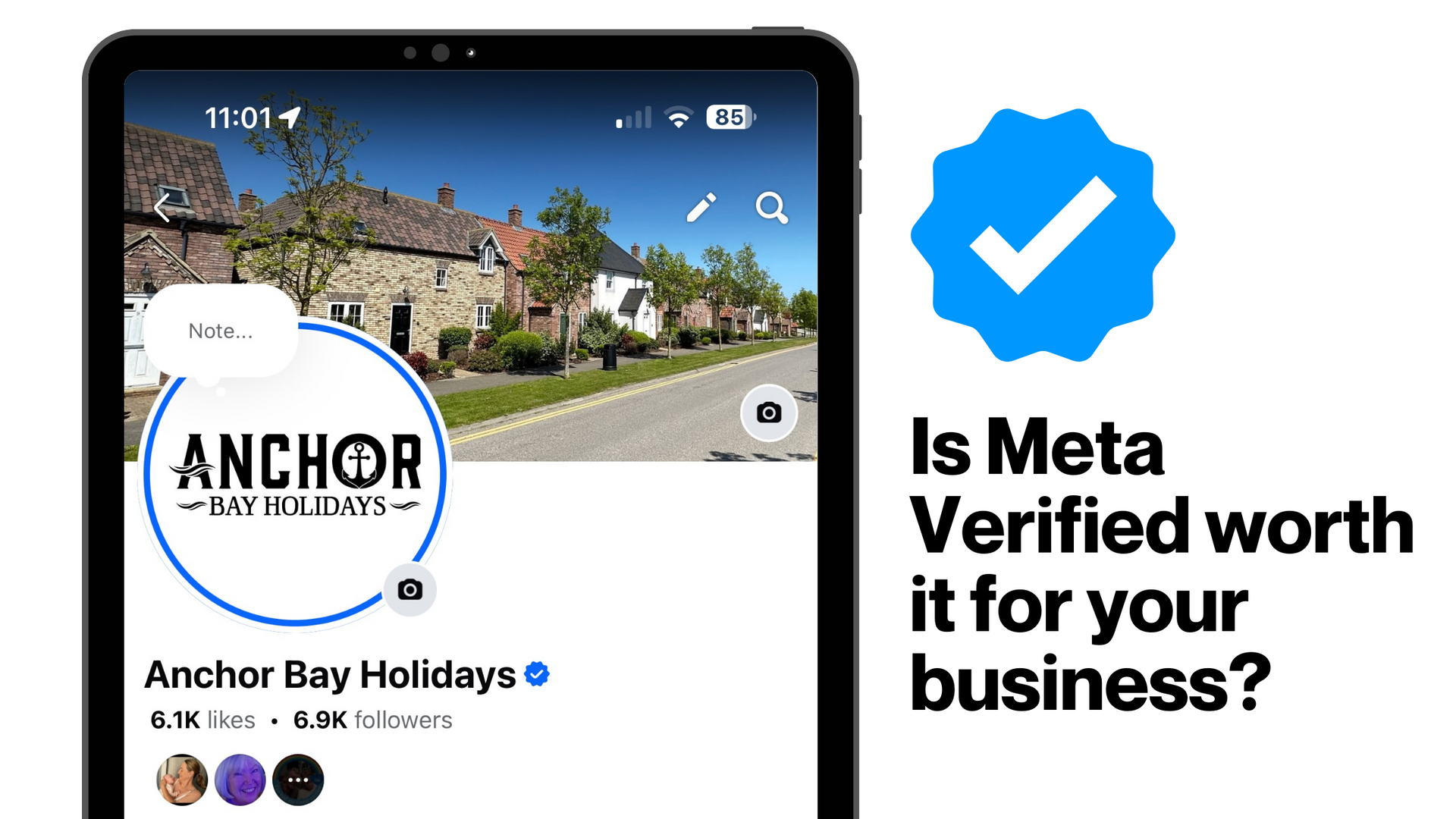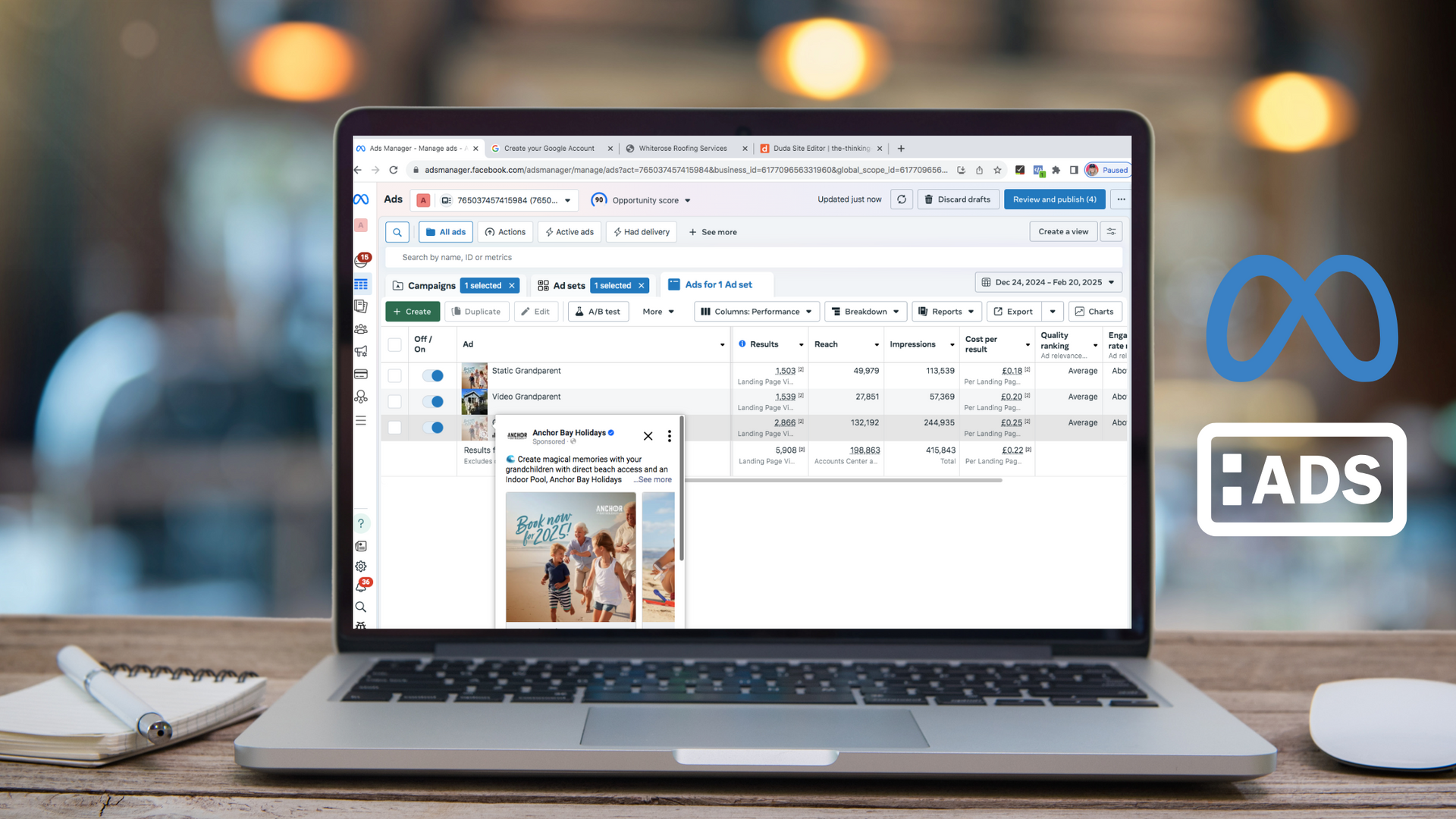Why you should use LinkedIn when retired to keep opportunities flowing
Are you retiring from a full-time role soon? Have you worked your whole life to get to where you are in your career, and you don’t want to close the door to all opportunities? Here’s how to use LinkedIn when retired to keep your options open.

Keep your LinkedIn profile active when retiring
You may have decided to retire from your full-time role and plan to not work again. You may be planning your retirement for the near future and feel uncertain about what to do. Either way, it’s wise to keep your LinkedIn profile active.
In a few months’ time, you might find yourself pining for work opportunities to keep your skills sharp. After all, you’re ready for a break but you love your job!
There are some people who never fully retire. It’s not always down to their finances – they love working and keeping themselves busy.
When the time comes (if you haven’t already), there are ways to still sell yourself and use LinkedIn when retired to leave yourself open for new opportunities.
But what kind of opportunities are out there after retirement?
When you’re retired, you might want to take up –
- Part-time consultant or advisory positions
- Running workshops to teach your skills
- Mentoring start-up companies or graduates
- Become a Non-Exec Board Member
- Speaking opportunities in your industry
- Volunteer work or fundraising
After retirement, there are lots of ways you can add value to people who are less experienced than you. Whether that’s for free or paid opportunities, choosing to still use LinkedIn when retired will put you in prime position for exciting opportunities.
How to change your LinkedIn profile when you’ve retired

If you use LinkedIn when retired, you will need to change your profile to reflect your future needs. Adapt your LinkedIn profile like you would for any other job opportunity.
For any LinkedIn user, it’s important to not only put your job title in your LinkedIn headline. For an All-Star LinkedIn profile, you need to clearly communicate the value you have and how you can help others.
Here at The Thinking Cap, we encourage all users to do these things with your headline –
- Include keywords that people will search for
- Explain what you do and who you work with
- Make the benefits you give easy to understand
It’s no different when you’re retired.
You can still explain your key skills and how you plan to help people. You do not need to list the word ‘retired’ at all.
Add a new consultancy role (or similar) to your experience section, elaborating on how you can help people in more detail.
Treat yourself as a freelancer or business owner. It’s up to you to take on the right opportunities that come your way, people don’t need to know how many other clients you work with.
Encourage past employers or clients to leave a LinkedIn recommendation

You can use LinkedIn when retired to leverage your past career skills. Increase your profile’s credibility by asking for a recommendations from people you’ve worked with/for.
It will help you to build trust and authority within your industry. People who land on your profile can see the value you bring, and the nice things people say about you.
Here’s a full guide about how to request LinkedIn recommendations.
What content to share if you use LinkedIn when retired
Keeping your LinkedIn profile active with regular content when you’re retiring can be beneficial. Stay top of mind and become a valued industry leader.
Like with all business owners, telling stories of your experienced makes for great content. It doesn’t matter that you’re now retired – you can still share your learnings and expertise.
Think about examples of –
- How you’ve overcome a problem in your industry – what was it and what did you do?
- Things you learned over time about your job role – what would you tell your younger self?
- Highs/lows of your career journey – did you continue trading through a recession? What was your biggest achievement, or what are you most proud of?
- Different job roles you held – how they lead to where you are today?
- An influential person/mentor you have learned a lot from – why did they stick in your mind?
- Your favourite resources about your industry topics (books, podcasts, YouTube accounts, other LinkedIn profiles, etc.).
- Frustrations with common issues in the industry – what would you change?
- Why you enjoy your industry topic – what was most interesting to you?
As a semi-retired/retired person on LinkedIn, you can tap into people who are willing to learn from others. Become a strong voice to educate others by talking about your experiences – new and old.
Whenever you have an interesting conversation with someone about your industry, share your views. If the news brings up relevant stories, explain your thoughts.
As with all social media content, try a mixture of different media. By using text-only posts, videos, images, infographics, and any other form of content, you’re able to cater to a wider audience. Test and measure what works – but most importantly, have fun!
LinkedIn training to maximise your opportunities

If you’re planning for retirement or have found yourself looking for part-time consultancy roles but have no experience in this, The Thinking Cap can help.
Our LINGO course will give you the foundations to find the right people, optimise your profile for that audience, and build relationships all through LinkedIn. As a past employee of a company looking for consultancy work as a retiree, this can be a brilliant starting point if you’ve never had to work on a contract basis.
Attend five, live 30-minute group sessions. Learn the basics of approaching people for work and getting yourself in front of the right audience. In just a week of live training, you can use LinkedIn with confidence. Either visit our website for more information or contact me directly.
It’s never too late to start selling yourself on LinkedIn. Even if it’s not for financial gain, there are many ways to use LinkedIn when retired to find great opportunities.




How you can effectively use LinkedIn for free to boost your marketing and grow your podcast audience




I hope you enjoyed reading this blog post.
If you’d like further help, let’s jump on a call and have a chat.




